St. Mary’s Syriac Orthodox Church in Shrewsbury set to celebrate its hundredth anniversary
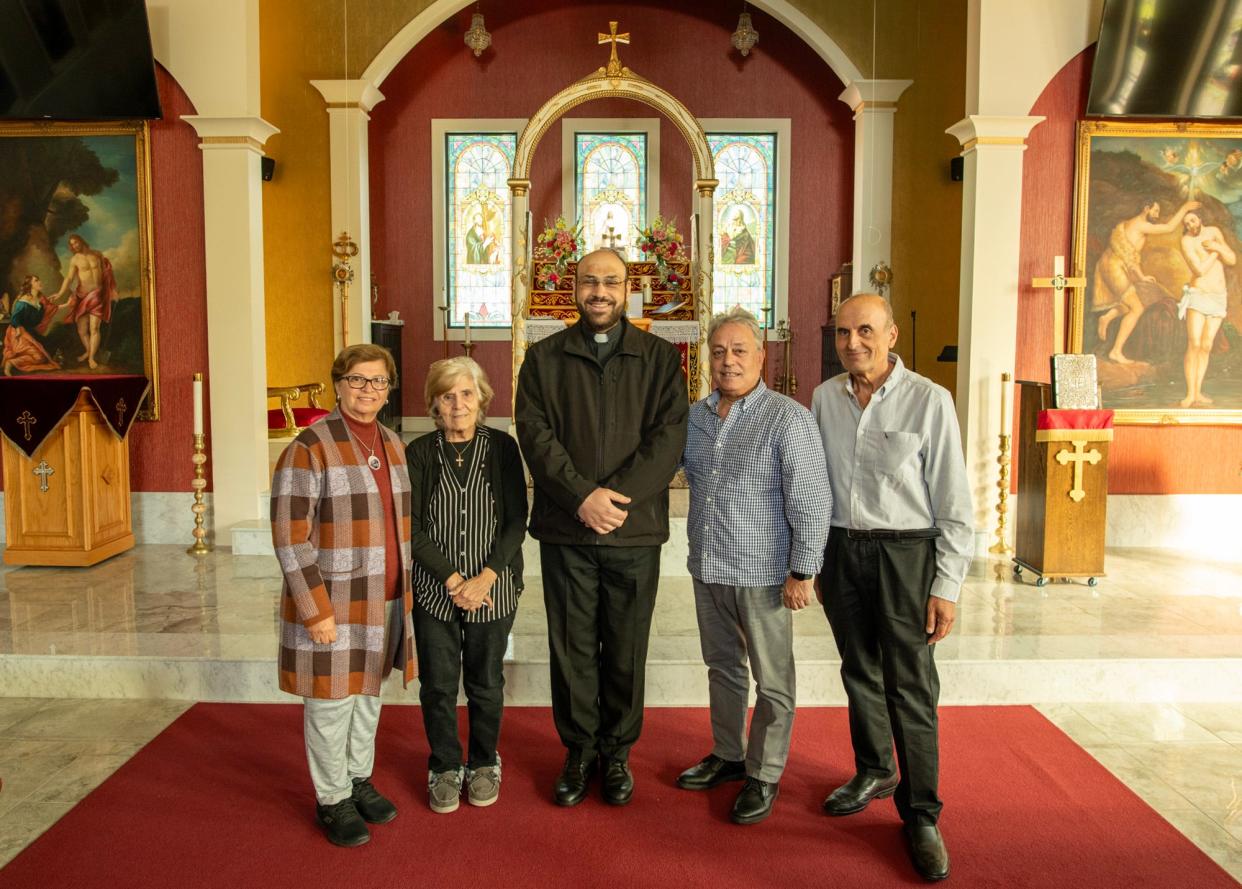
SHREWSBURY — For many people, the concept of fleeing religious persecution and starting a new life in another country is often associated with the non-recent past. A historical background to describe a community’s roots. At St. Mary’s Syriac Orthodox Church in Shrewsbury, the pursuit of religious freedom very much informs both their past and present.
More: Worcester's Orthodox Christian community takes pride in past, looks to future
The church will celebrate its centennial anniversary on Oct. 7 and 8 since its 1923 consecration, but as one of the oldest Syriac Orthodox churches in the country, its history actually goes back decades earlier.
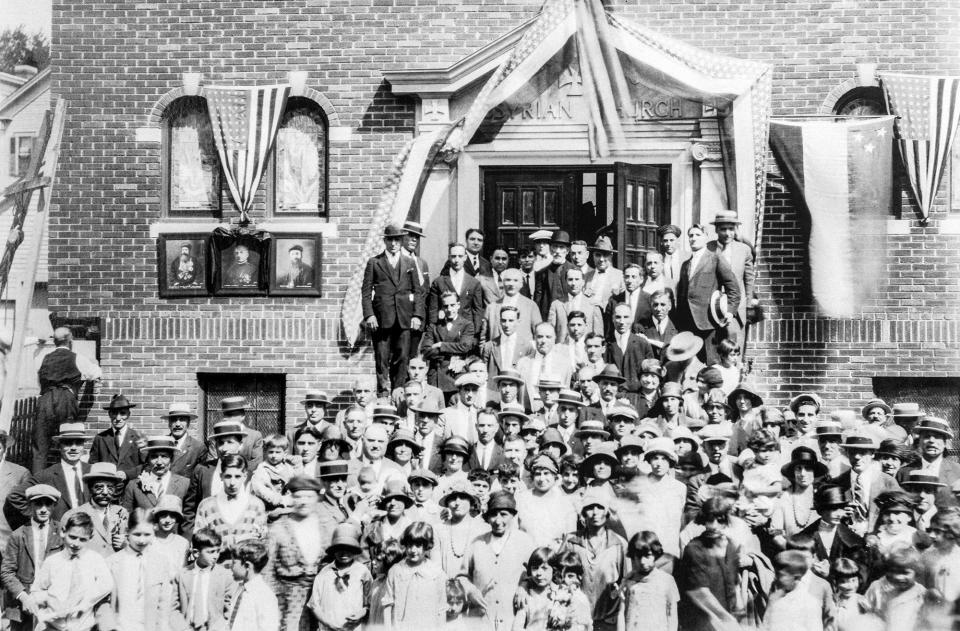
Initially founded in 1895 by immigrants fleeing genocide in Turkey, St. Mary’s serves to this day as a focal point for Christians escaping violence in the Middle East. Over its 128 year history, people have come to the area from not only Turkey but Syria, Lebanon and Iraq.
“It really represents the stamina of the community,” said church member Barbara Baba, whose grandfather was one of the first people to come from Turkey, leaving to avoid being conscripted into the army. “He knew that he was going to be asked to kill Christians,” said Baba.
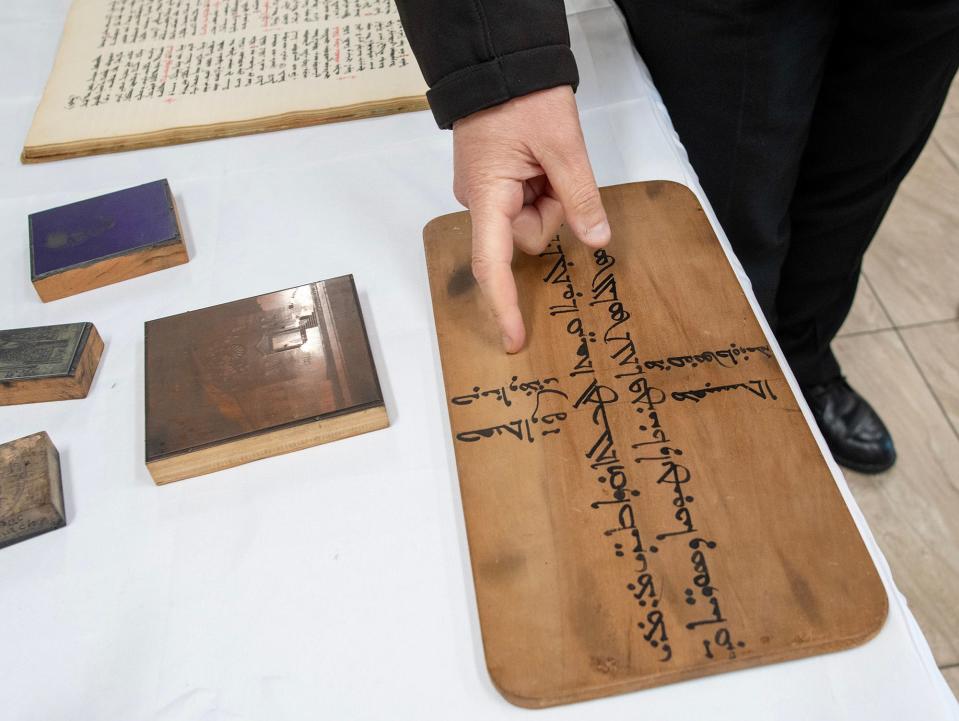
Bonding through faith
The first church was built on Hawley Street in Worcester. The congregation raised $600,000 to build it, which is about equivalent to a million dollars today, said Baba. A thriving Syriac community sprung up around it on Austin and Chandler Streets. “The reason they came to Worcester is that people had come before them and they knew that there were jobs here,” she said. “About 90% of them worked in the wire mills.”
In 1923, it was consecrated as St. Mary’s Assyrian and Epistolic Church. Though the original location was sold in the 1980s when the church moved to Shrewsbury, it was still a beacon to immigrants that expanded the community. The new location was consecrated in 2015 by the Patriarch Moran Mor Ignatius Aphrem II.
Conflict and unrest in the Middle East has meant a continuous stream of people leaving their homes to find safety, with three of the biggest spikes during major conflicts. The first being the Turkish genocide that led to the church’s founding, the second being the Lebanese Civil War from 1975 to 1990 and the third coinciding with the rise of The Islamic State in recent years.
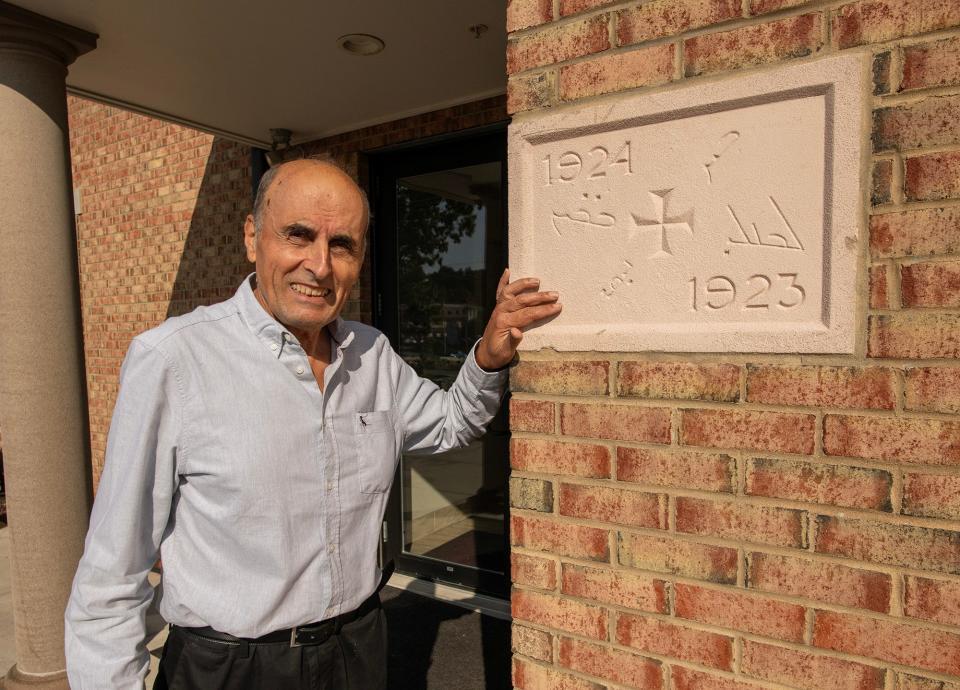
Baba’s grandfather’s story was repeated in the late '70 and '80s, she said, when many young men came to the United States to avoid military service. Church member George Hanna, was one of them, coming to Shrewsbury from Lebanon when he was 33 in 1986.
Despite coming from different countries, congregants found connection through shared religion — “The food was different, languages were different but mass is held in Aramaic,” said Hanna, an ancient Semitic language from Syria dating back to the 6th century.
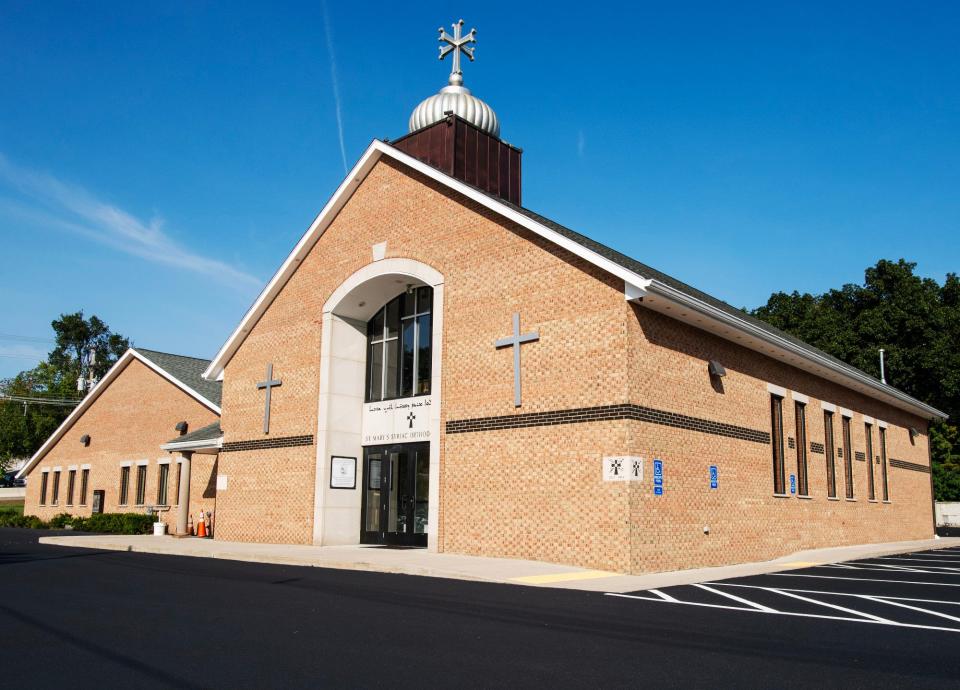
Looking to the future
Despite overcoming challenges over the years, Hanna is concerned about the church's future due to lack of youth involvement. "Not a lot of youth come to church regularly so we're trying to do more activities," he said, such as a Youth Group. They have also added monitors in church to translate services and had one service a month is in English.
The celebrations proper will begin at 5 p.m. on Oct. 7, attended by major figures in the Syriac Orthodox Church — Moran Mor Ignatius Aphrem II, Patriarch of Antioch and All the East; Mor Dionysius John Kawak, Archbishop and Patriarchal Vicar of the Syriac Orthodox Church for the Eastern USA; and Mor Augeen Alkoury, Patriarchal Secretary.
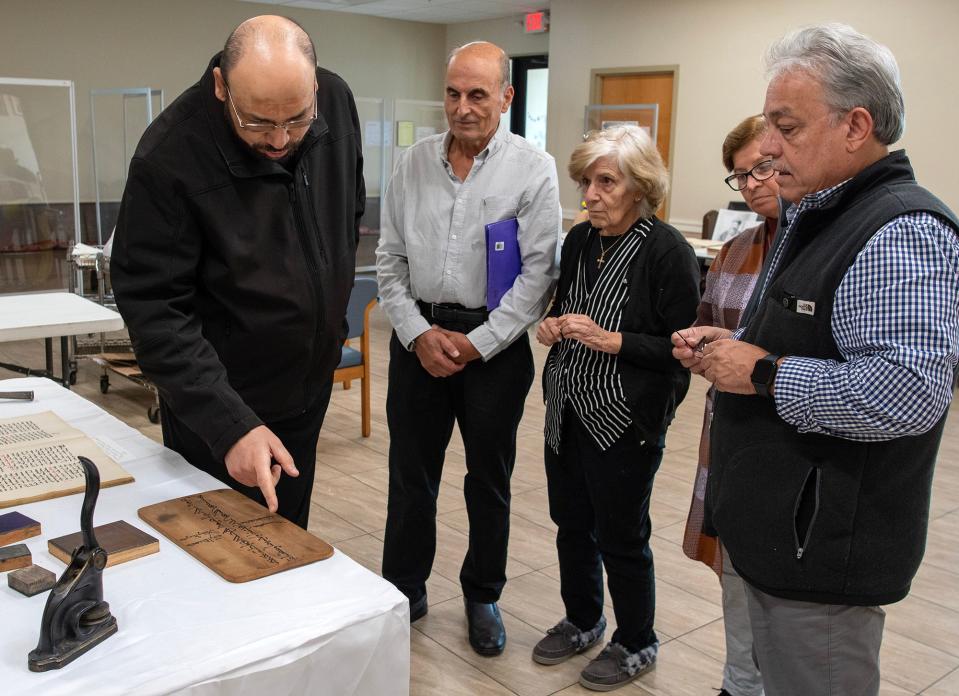
There will be an exhibit displaying historical information and artifacts, followed by a black-tie centennial gala reception: A grand black-tie gala reception.
On Sunday, Oct. 8, the patriarch will lead a special Holy Liturgy, after which there will be a picnic celebration.
This article originally appeared on Telegram & Gazette: Anniversary a time to reflect for St. Mary’s Syriac Orthodox Church

